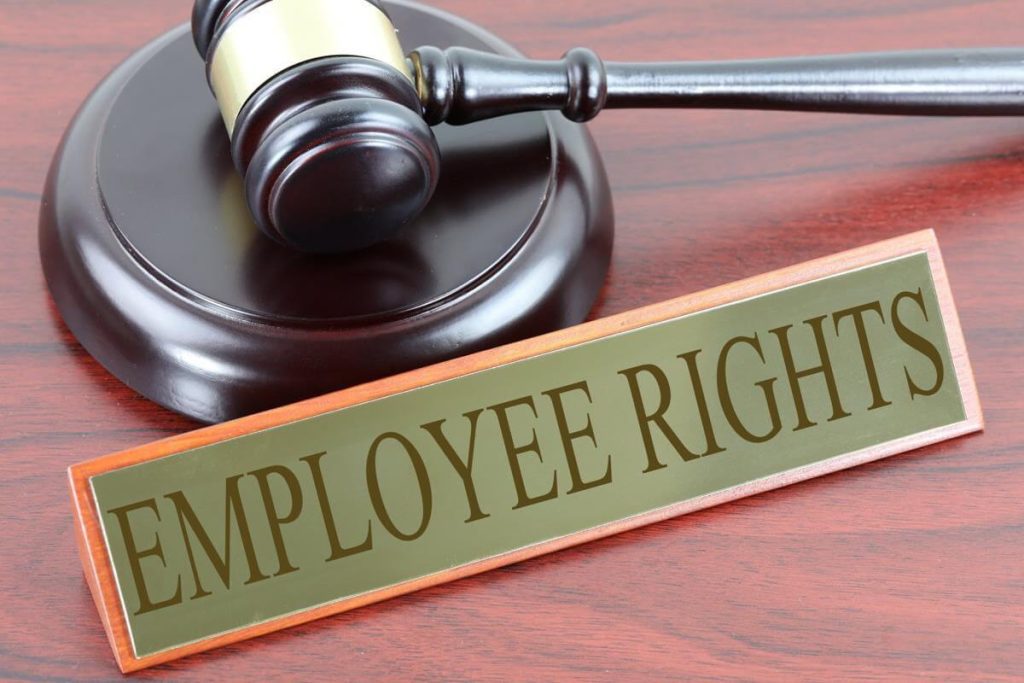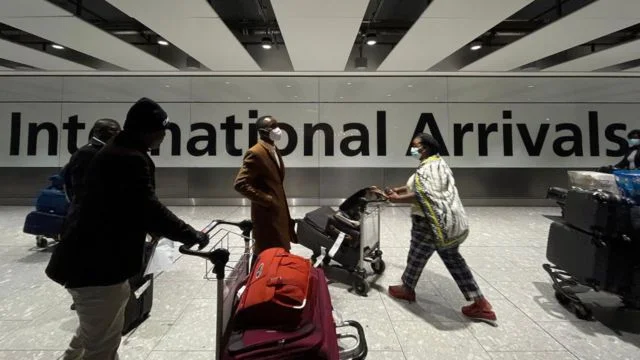There was a period when laborers found themselves at the mercy of employers, who wielded unchecked power over safety protocols, compensation, and career progression. However, the tide began to turn in the 20th century, as a burgeoning movement for workers’ rights ushered in groundbreaking labor protection laws, which today underpin the livelihoods of countless Americans.
Currently, the U.S. Department of Labor enforces approximately 180 federal statutes, spanning issues from minimum wage requirements to parental leave entitlements. Other enforcement duties lie with agencies like the U.S. Equal Employment Opportunity Commission (EEOC). Below is an exploration of eight cornerstone federal employee protections.
Overview of Key Federal Worker Protections
- The U.S. Department of Labor monitors around 180 national labor laws.
- The Fair Labor Standards Act (FLSA) introduced a federal baseline wage of $7.25 per hour, although individual states often set higher thresholds.
- Workplace safety standards are primarily the responsibility of the Occupational Safety and Health Administration (OSHA).
- Social Security draws funding from payroll contributions shared by both employees and employers.
- Unemployment insurance programs function through a collaboration between state and federal bodies.
1. Minimum Wage and Overtime Rights
The Fair Labor Standards Act (FLSA) mandates that workers receive no less than $7.25 per hour, a benchmark that has been in place since 2009. Although efforts have emerged to increase this amount, the law remains the backbone of wage regulation across both private and public sectors. Furthermore, non-exempt workers are entitled to overtime pay at a rate of 1.5 times their hourly wage for hours worked beyond 40 per week.
For younger workers, the FLSA offers additional protections. It restricts work hours for children under 16 in non-agricultural roles and prohibits minors under 18 from engaging in hazardous occupations.
2. Workplace Safety and Health Standards
The Occupational Safety and Health Act of 1970 laid a vital framework to mitigate workplace dangers. It established industry-specific safety mandates for sectors such as construction and agriculture. The “General Duty Clause” requires employers to eliminate any practices that present clear, foreseeable risks to employees.
While OSHA holds primary jurisdiction over workplace safety enforcement, state agencies may also oversee specific aspects. Exemptions include self-employed individuals and family-owned farms operating on a small scale.
3. Health Insurance Coverage Through the Affordable Care Act
The Affordable Care Act (ACA), enacted in 2010, reshaped the healthcare landscape by compelling medium and large companies to offer a baseline level of health insurance to full-time staff. Businesses with at least 50 full-time employees—defined as those working 30 hours or more weekly—must provide this coverage or face steep penalties.
4. Social Security: A Lifeline for the Elderly and Disabled
The Social Security Act of 1935, championed by President Franklin D. Roosevelt, introduced a financial safety net for retired and disabled Americans. By April 2022, the program disbursed benefits to over 65 million recipients, with retired families receiving an average monthly sum of $1,666.
Social Security is financed through payroll taxes, appearing on pay stubs under “OASDI.” Employers and employees each contribute 6.2% of wages, up to a specified annual cap. Self-employed individuals shoulder both portions, totaling 12.4%, with half of their contribution being tax-deductible.
5. Unemployment Insurance for Job Loss Security
Unemployment benefits in the U.S. are delivered through a hybrid system of federal and state collaboration. While states administer payouts, they must adhere to federal guidelines. Eligible workers—those unemployed through no fault of their own—typically receive benefits for up to 26 weeks, although the duration may extend during economic crises.
Although U.S. unemployment benefits are less generous than those in some European nations, they ensure a basic safety net during transitional periods of joblessness.
6. Protections for Whistleblowers
Federal whistleblower protections shield employees who report illegal or unethical practices within their organizations. These safeguards are often woven into broader legislation, such as the Clean Air Act and the Consumer Product Safety Improvement Act.
OSHA’s Whistleblower Protection Program serves as the primary body for addressing whistleblower complaints, ensuring that workers who face retaliation for reporting misconduct can seek redress. Affected employees must file complaints within 30 days of the retaliatory incident.
7. Family Leave Provisions
The Family and Medical Leave Act (FMLA), signed into law by President Bill Clinton in 1993, grants eligible employees up to 12 weeks of unpaid leave annually. This leave covers circumstances such as childbirth, adoption, or serious personal or family illness.
To qualify, employees must have worked for the employer for at least 12 months and logged 1,250 hours during that time. The FMLA applies only to businesses with 50 or more employees within a 75-mile radius.
8. Protections Against Employment-Based Discrimination
The Civil Rights Act of 1964 marked a pivotal shift in workplace equality. Title VII of the Act outlawed discrimination on the basis of race, color, religion, sex, or national origin. Further protections emerged with the Lilly Ledbetter Fair Pay Act of 2009, which targeted wage discrimination against women and minorities.
In 2020, the Supreme Court extended Title VII protections to cover LGBTQ individuals, affirming that employment decisions based on sexual orientation or gender identity are prohibited. Additional legislation, such as the Age Discrimination in Employment Act of 1967 and the Americans with Disabilities Act of 1990, further bolsters these protections.
Frequently Asked Questions About U.S. Labor Laws
What is the primary law governing worker protections?
The Fair Labor Standards Act (FLSA) establishes core standards related to wages, overtime pay, and child labor.
Which federal laws address workplace harassment?
Title VII of the Civil Rights Act, the Age Discrimination in Employment Act, and the Americans with Disabilities Act all contain provisions that combat workplace harassment.
What factors are employers prohibited from using in discriminatory practices?
The Equal Employment Opportunity Commission (EEOC) enforces anti-discrimination laws, ensuring that employers cannot base hiring, firing, or promotion decisions on race, color, religion, sex, national origin, age, or disability.
Conclusion
The modern American workforce benefits from an intricate web of legal safeguards designed to ensure fair compensation, safe working environments, and freedom from discrimination. From Social Security to unemployment insurance, these protections provide financial stability and peace of mind. Multiple agencies, such as OSHA and the EEOC, collaborate to enforce these laws, ensuring that public and private sector employees alike enjoy robust protections.























